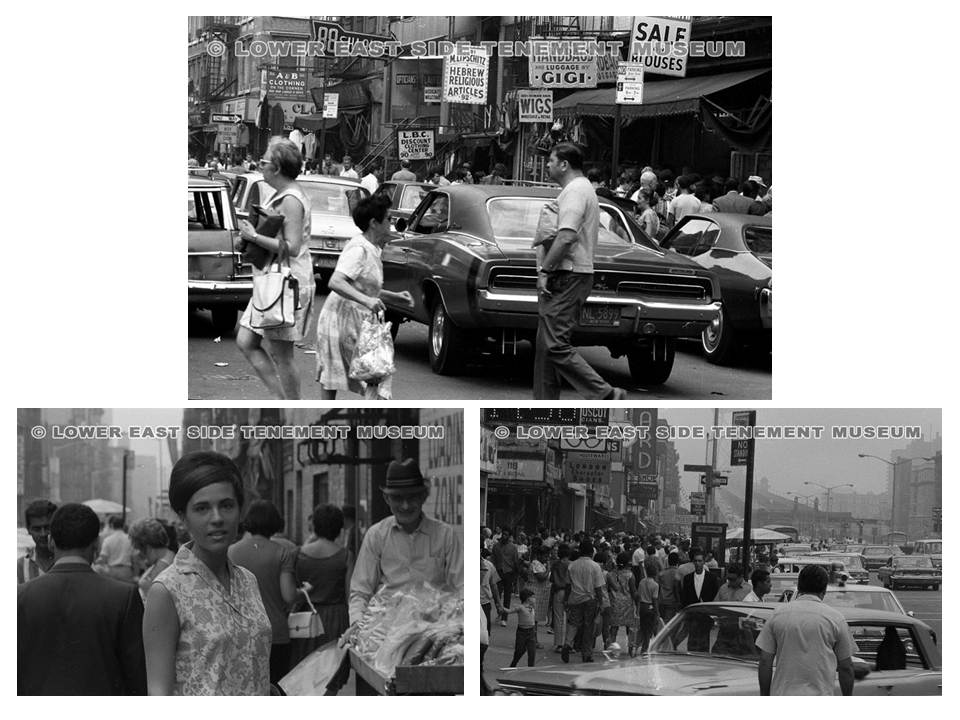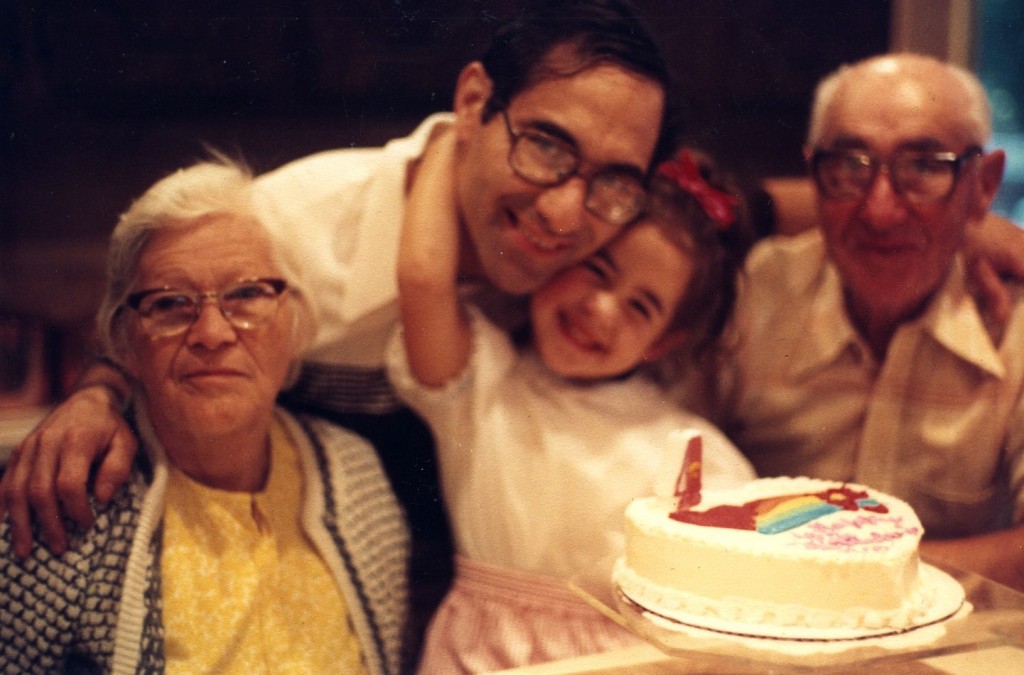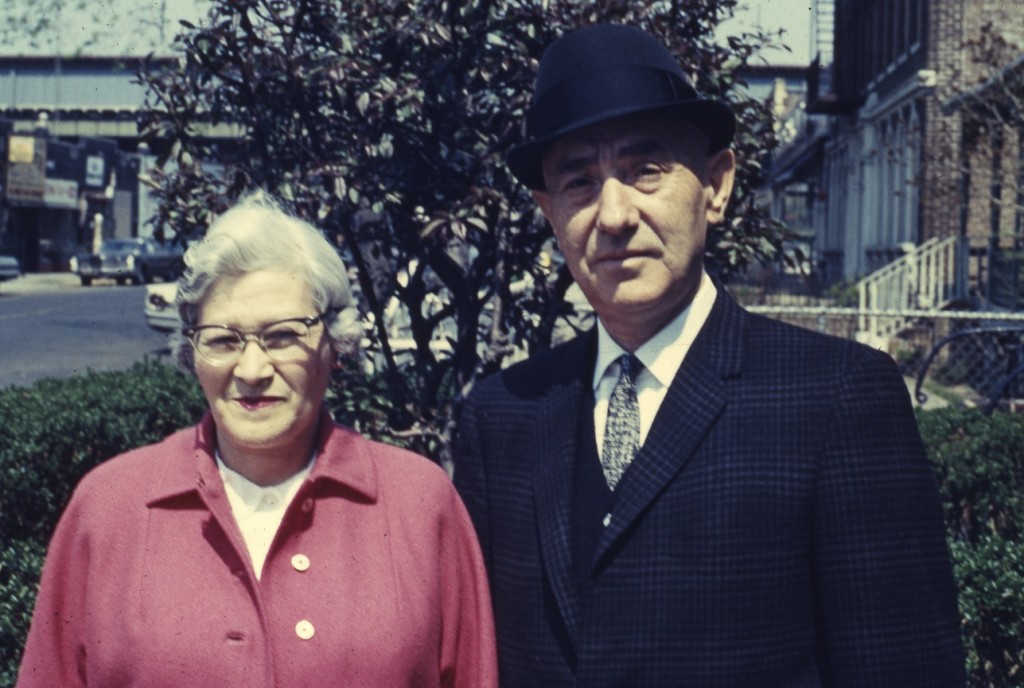Blog Archive
Stories Behind a New Collection
Here at the Tenement Museum, we rely heavily on the stories of Lower East Siders and their descendants to piece together the history of 97 Orchard Street and the larger neighborhood. Independent artist Eva Silverman recently donated a collection of Lower East Side-centric family photos to the Museum, as well as a video recording of an oral history with her late grandmother, Gladys, who settled in the Lower East Side when she came to America in 1920 as a Jewish immigrant from Poland. Years later, Eva named her design studio “Pushcart Design” in homage to her grandmother’s stories of pushcart peddlers on Hester Street.
We posted a sneak peek of the photos on Facebook recently, and wanted to share the story behind the images. Here, Eva shares a bit more about her family’s connections to photography and the Lower East Side:
My dad started taking photos in his early teens, and in grad school had a darkroom in his apartment. He went to Brooklyn College and then Northwestern University for a PhD in Mathematics. He never worked as a photographer. He documented my childhood perhaps a little more than any doting parent, and I have thousands of photos from that period.
I lost my grandparents and parents before I was 20, so maintaining their history and making connections to my life today is really important to me. One of my art installations, Mapping Roots NYC, was a culmination of years of scanning my dad’s photos and negatives. The project traces points of history that have been important to the three generations of my family, in a changing city.
Many of the places that were essential to my grandmother’s early life were on the Lower East Side: her synagogue, high school, continuation school, first job, the movie theater she went to. An oral history video in which she tells her story was recorded on November 24, 1997, her 87th and last birthday. In it, she remembers how many boarders her neighbors had, which pushcart vendors were located in what spots, and even how much they paid for the different apartments they had, starting with the first at 24 Norfolk Street.
My grandmother remarked on the passage of time, saying, “I live in world number one, my children in world number two, and my granddaughter in world number three. I can’t live in their world and they can’t live in mine.”
When I was a teenager, I came of age walking around the Lower East Side and going to punk shows and exploring the city, but the neighborhood is not the same as it was when my grandmother immigrated here. The streets are the same, but the population is different, the stores are different, and even her block of Norfolk Street is now gone (replaced by the Seward Apartments.)
Often such changes also drive historic preservation and a new appreciation for the importance of history. I couldn’t be more thrilled to have my dad’s photos and my grandmother’s oral history video used as educational tools for the Tenement Museum.
—Eva Silverman
—
Gerald Silverman’s photos of the 1960s Lower East Side are especially evocative now that our Shop Life exhibit highlights a story from the era; at our interactive touchscreen table, you can meet Frances and Sidney Meda and learn about the undergarment store they owned in the 1970s at 97 Orchard.
Thank you for sharing, Eva!
—Posted by Amanda Murray


